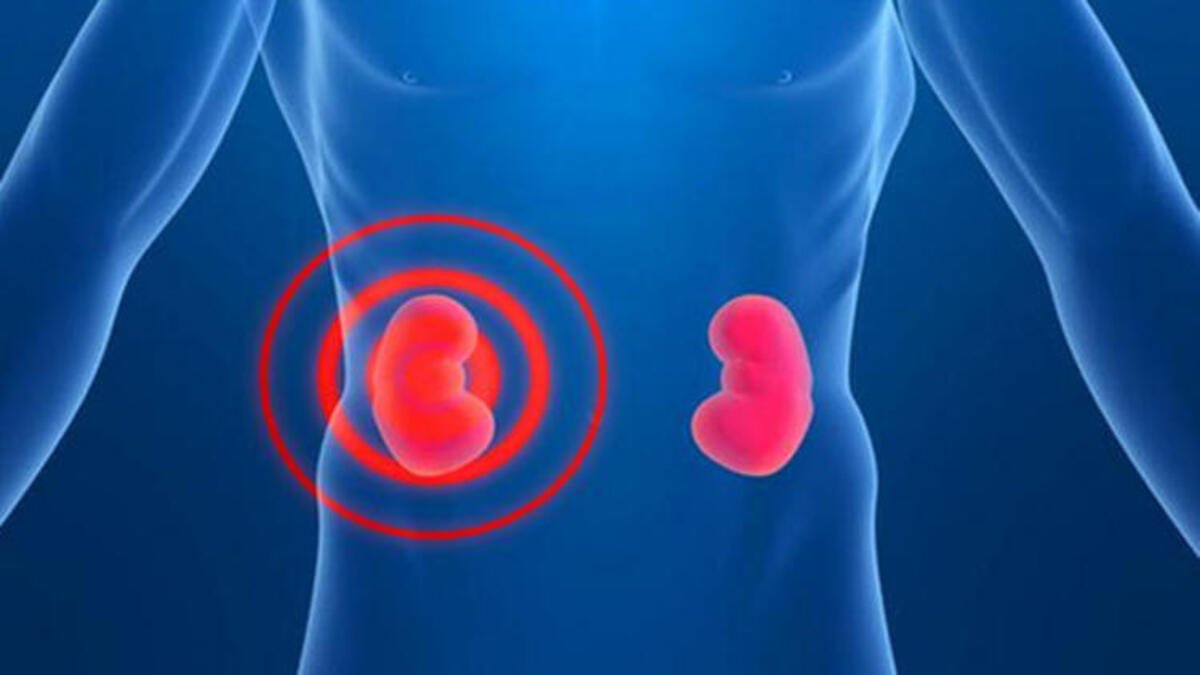Focal therapies are methods increasingly used in the treatment of kidney tumors. These therapies are recommended for patients with kidney tumors <4 cm who are not suitable for surgery, those with tumors in both kidneys, patients with a single kidney, or in cases with proven genetic causes (due to the potential for multiple tumors developing at different times). The main modalities of these therapies include radiofrequency ablation (RFA), cryoablation (CA), microwave thermotherapy (MTT), high-intensity focused ultrasound (HIFU), and irreversible electroporation (IRE).
Radiofrequency Ablation (RFA)
RFA involves using continuous and high-frequency electric currents directed to the probe tip to achieve temperatures above 100°C in the target tissue, leading to cell death by damaging the genetic structure, cell wall, and microvasculature of the tumor cells. Studies comparing standard partial nephrectomy (PN) (where only the tumor is removed) with RFA have shown no significant difference in cancer-free survival and overall survival over a five-year follow-up. The general consensus is that RFA is promising in short-term follow-ups, but long-term results are still needed.
Cryoablation (CA)
The CA method induces cell death through hypothermic stress by rapidly decreasing the temperature of the tumor tissue. CA can be performed using open, percutaneous, or laparoscopic methods under ultrasound, CT, or MRI guidance. CA is preferred over other methods because it allows for active control of the ablation in the targeted tissue. In terms of oncological outcomes, three-year recurrence-free survival rates were reported as 93% for RFA, 100% for CA, and 99% for PN.
Microwave Thermotherapy (MTT)
MTT uses electromagnetic microwaves to agitate water molecules in the targeted tumor tissue, causing a temperature increase and tissue destruction. MTT can reach the necessary temperature faster and provide a larger ablation area compared to traditional RFA methods. In a five-year follow-up study, MTT was found to be less advantageous than PN in terms of overall survival (67.3% vs. 97.8%), but no difference was observed in cancer-free survival (97.1% vs. 97.8%).
High-Intensity Focused Ultrasound (HIFU)
HIFU involves ablating tumor tissue in kidney tumors using high-intensity ultrasound waves delivered via a transducer. During HIFU, the temperature in the ablation area rapidly reaches 80°C. The most significant advantage of HIFU over other methods is its non-invasive nature, eliminating risks such as bleeding and tumor seeding.
Irreversible Electroporation (IRE)
IRE is a non-thermal ablation method where electric currents induce changes in the cell membrane of the tumor tissue, causing cell death. While preserving the basic tissue structure, cellular components are destroyed. Numerous studies are required to establish a safe IRE protocol.
Follow-Up Protocol After Focal Therapies
Focal therapies are typically applied to stage 1 kidney tumors <4 cm. The follow-up protocol includes ultrasound for abdominal and kidney imaging, and CT for abdominal and thoracic imaging. Recommended imaging schedules are: ultrasound at 6 months, CT at 1 year, ultrasound at 2 years, CT at 3 years, ultrasound at 4 years, and CT at 5 years.
